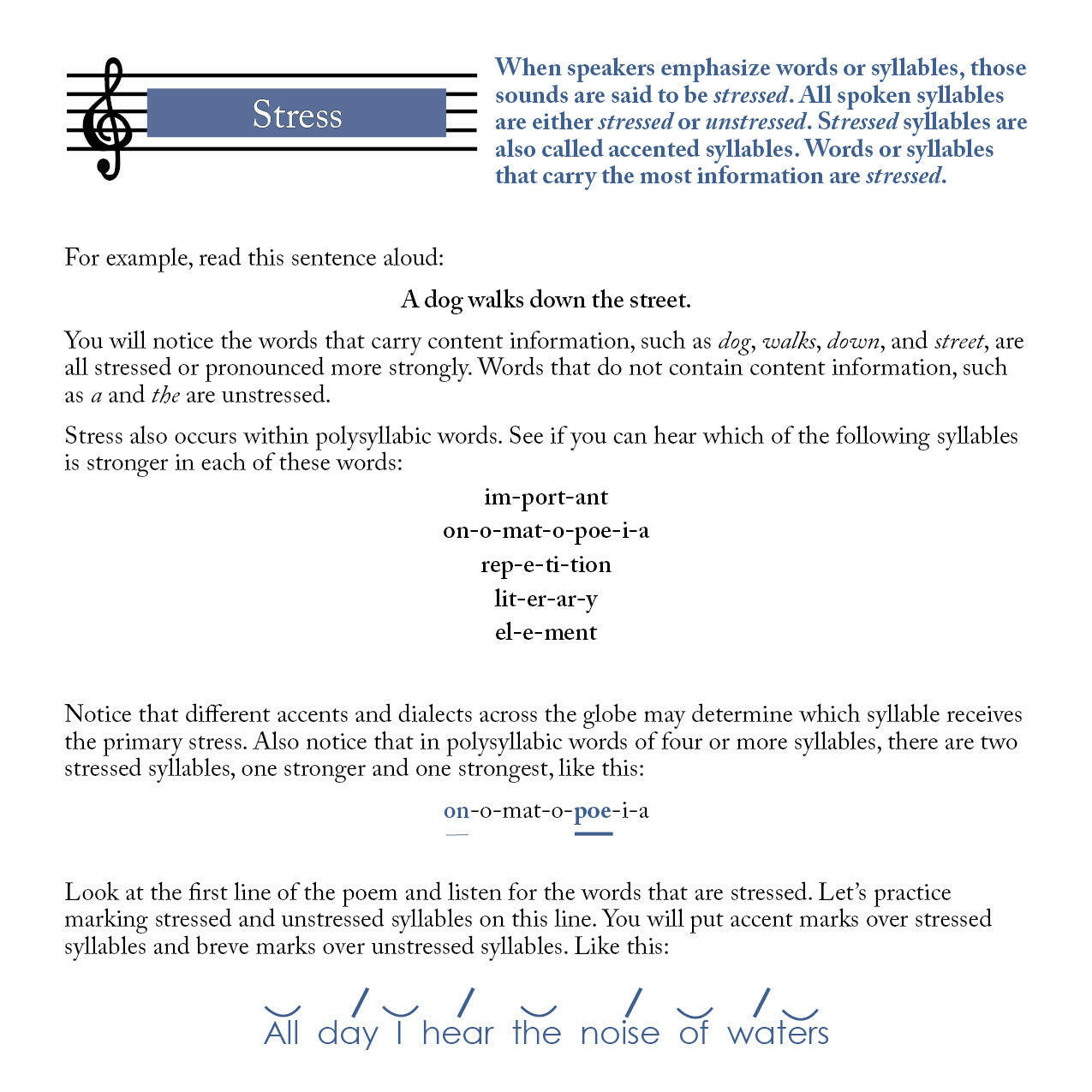Rooted in Language
Annotating Literary Elements
Annotating Literary Elements
PDF Download
Couldn't load pickup availability
On July 16, 2025, we announced that Rooted in Language will be closing effective July 15, 2026. The last day for purchases in our Shop is March 31, 2026. Access to PDF downloads ends June 30, 2026. Please see our Business Transition page for details.
If annotating a text feels like busywork . . . something is missing.
Annotation means adding notes to text. It’s that simple! Or . . . is it? Annotation is a key player in the development of analytical writing skills . . . but only when explicitly taught and practiced. How do you teach something so abstract? If you’re an educator treading water, we’re here to toss you a buoy — with Annotating Literary Elements!
Using ALE’s lesson-based format, teach your student how to identify structural elements, figurative language, and literary elements, and then immediately apply that knowledge to generate analysis!
Once the process of annotating is consistently practiced, readers improve their deep comprehension, critical thinking, and analytical writing skills. Students can and will apply the method to any story, large or small. Annotation is a balance of interpretation, exploration, and comprehension — and it all becomes visible when written directly on the page.
To unlock the secret of meaningful annotation, teach Annotating Literary Elements!
All Rooted in Language products incorporate research-based methods to support students with dyslexia, dysgraphia, developmental language disorder, and other literacy-based struggles.



















